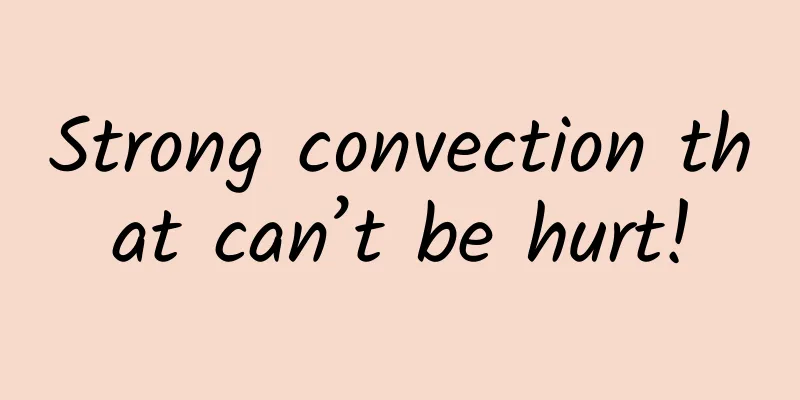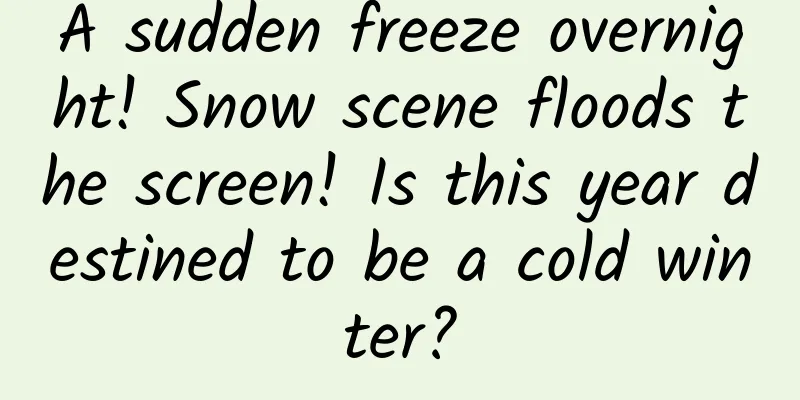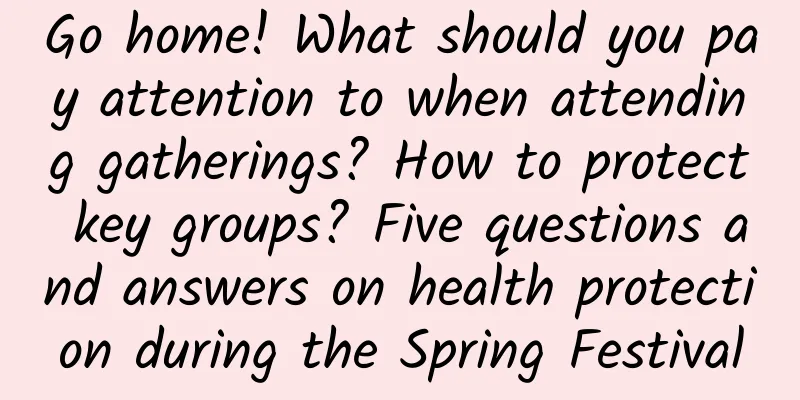Strong convection that can’t be hurt!

|
Severe convective weather is the most difficult type of weather to predict. It comes suddenly, changes quickly, and is extremely destructive. With the arrival of summer, this kind of weather that comes and goes quickly and is mysterious has become active again. Only by knowing yourself and the enemy can you win every battle. Understanding the characteristics of severe convective weather and mastering defense methods can save lives at critical moments. How severe is severe convection? Severe convective weather refers to disastrous weather that occurs suddenly, changes dramatically, is extremely destructive, and is often accompanied by strong convection such as thunderstorms, gales, hail, squall lines, tornadoes, and short-term heavy rainfall. It is one of the most lethal disastrous weather types. In my country, severe convective weather often occurs in spring and summer. In spring, hail and strong winds often occur, which can easily damage buildings and even cause casualties; for agricultural production, it can destroy crops and damage agricultural facilities. Summer is the period when severe convective weather occurs most frequently, with short-term heavy rainfall, thunderstorms and strong winds often occurring. Cities with poor drainage facilities may experience waterlogging, while areas with weak geological structures are prone to natural disasters such as mountain torrents, landslides and mud-rock flows. Short-term heavy rainfall can also cause the water levels of rivers and lakes to rise rapidly in a short period of time, causing floods and threatening people's lives and property. Now that we know the nature of strong convection, how can we prevent it? The following points must be kept in mind. What should you do if you encounter lightning? Thunder and lightning are a magnificent and terrifying discharge phenomenon accompanied by lightning and thunder. Among the provincial capitals, Haikou is the most prone to thunder, with thunder heard 84.2 days a year on average, which means that thunder will hit Haikou about once every four days. The lightning current generated when lightning occurs is the main source of damage. Its hazards include direct lightning strikes, induced lightning strikes, and intrusive lightning strikes guided by overhead lines. Overhead lines used in various lighting, telecommunications and other facilities may introduce lightning into the room, so strict precautions should be taken. What should you do if you encounter hail? Hail is most common in summer or at the turn of spring and summer. It is ice particles that are sometimes as small as mung beans or soybeans and sometimes as large as chestnuts or eggs. The extremely large hail is even bigger than a grapefruit. Once hail falls, the impact force is not small. Generally speaking, hail with a diameter of about 5 cm is often called "egg-sized hail" in the news, and weighs about 30 grams. According to the law of conservation of energy, when it falls from a height of 1,000 meters to the ground, it is equivalent to a 3 kg object falling from a height of about 10 meters, which is almost equivalent to throwing a flower pot with soil from a height of 3 floors and hitting a person or a car... This is just one hailstone. If we encounter hail outdoors, it may be several "flower pots" falling from the sky. So when encountering hail, you must not take it lightly. What should you do if you encounter short-term heavy rainfall? Short-term heavy precipitation generally refers to precipitation that reaches or exceeds 20 mm in one hour. The most active period of short-term heavy precipitation is from 16:00 to 17:00 in the afternoon. This is because the ground temperature rises in the afternoon, and the upward movement of the atmosphere is more intense. Due to uneven heating, some thermal convection may be stimulated. Coupled with the influence of the weather system, short-term heavy precipitation is likely to occur. Everyone should be more careful about "sudden rain" in the afternoon. Short-term heavy rainfall may cause waterlogging or flooding on urban roads, and may also trigger disasters such as landslides and mud-rock flows. Severe convective weather is unpredictable and highly destructive, so the best defense is to avoid it in time. Summer is the peak season for severe convective weather. Once you receive a severe convection warning from the meteorological station, you should take corresponding preventive measures in accordance with the requirements of the warning and never take it lightly. |
<<: Some Olympic gold medals have become bald...How many ways are there to gild a silver medal?
>>: The first time a northern kid saw a flying cockroach, he cried for more than half an hour!!!
Recommend
Why has WeChat group become a sensitive area for fund managers?
The "CITIC Leakage" has been brewing fo...
Uncle Nan's Night Reading Short Video Book Selling Training Video
Uncle Nan's Night Reading Short Video Book Se...
2015: Will smartphones enter the borderless era?
CES2015 (International Consumer Electronics Show)...
China’s first batch of six drug-sniffing squirrels have been deployed. Can they take on this important task?
We know that there are drug detection dogs, but h...
Promotion and marketing are difficult. Here are 3 steps to teach you how to use traffic pools to create a closed marketing loop!
As the number of incremental Internet users decre...
Practical information: Summary of views from the 4G mobile phone and virtual operator summit
From September 10 to 13, the 4G Mobile Phone and ...
Clinical diagnosis of depression and five practical treatments
An introduction to the clinical diagnosis of depr...
World Stroke Prevention Day丨Preventable and treatable! Stay away from stroke, here’s what you should know
May 25th of each year is World Stroke Day, which ...
A foldable phone more suitable for Apple users, why does vivo X Fold 3 become a representative of new quality productivity?
As the growth of the smartphone market slows down...
Insights: As long as you want to go, life will always give you a way
Famous Artists Gallery | Grice, a Russian painter...
If you want to watch birds, you no longer have to wait by the window!
Author: Duan Yuechu In today's era of integra...
An 8-year-old girl was acutely poisoned after eating lychees! There are also these "dangerous" fruits, be careful when eating...
Expert of this article: Zhang Zheng, PhD in Nutri...
Beware of new scam! Gold becomes hard to tell if real or fake after mixing with this metal!
Audit expert: Kang Kai Senior Engineer, Registere...
[2017 latest edition] A complete list of professional terms in the mobile Internet industry!
Based on the feedback from previous students on Q...
APP overseas promotion, detailed explanation of ASO skills!
For apps that are promoted overseas, the current ...









